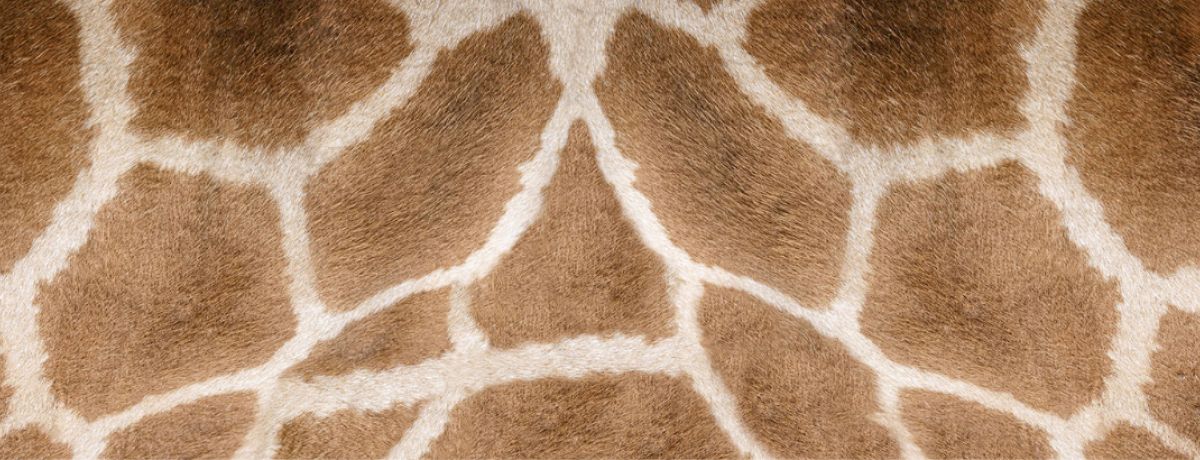
Math in Pictures: All Cracked Up
When mud dries and moisture evaporates, the texture of the mud changes in complex ways due to many factors. But in the end, the network of cracks is often very regular, especially when the mud is of fairly uniform consistency and wetness at the beginning of the drying phase.

When many trees of some species grow in close proximity to each other their crowns do not overlap and a network of boundaries forms. The boundary lines form between adjacent crowns.

Are you seeing a pattern? Or rather are you seeing a pattern of patterns?! Although mud, tree canopies, and giraffes are all very different from each other, they are linked in a superficial way by a very similar pattern of boundaries: boundaries between uncracked regions of mud, boundaries between adjacent tree crowns, and boundaries between similarly colored patches on a giraffe’s hide.

What is the mathematics underlying these very similar patterns?
Students could use algebra and geometry software to trace the patterns of photographs of related patterns and then study the properties of the networks of lines.
The module Drawing Lines, in COMAP’s Biomath series for high school students, explores the mathematics of a particular and very pervasive pattern. With or without the module as a guide, students can apply a lot of mathematics to photographs of patterns they find in the world around them.
Written by
COMAP
The Consortium for Mathematics and Its Applications is an award-winning non-profit organization whose mission is to improve mathematics education for students of all ages. Since 1980, COMAP has worked with teachers, students, and business people to create learning environments where mathematics is used to investigate and model real issues in our world.
